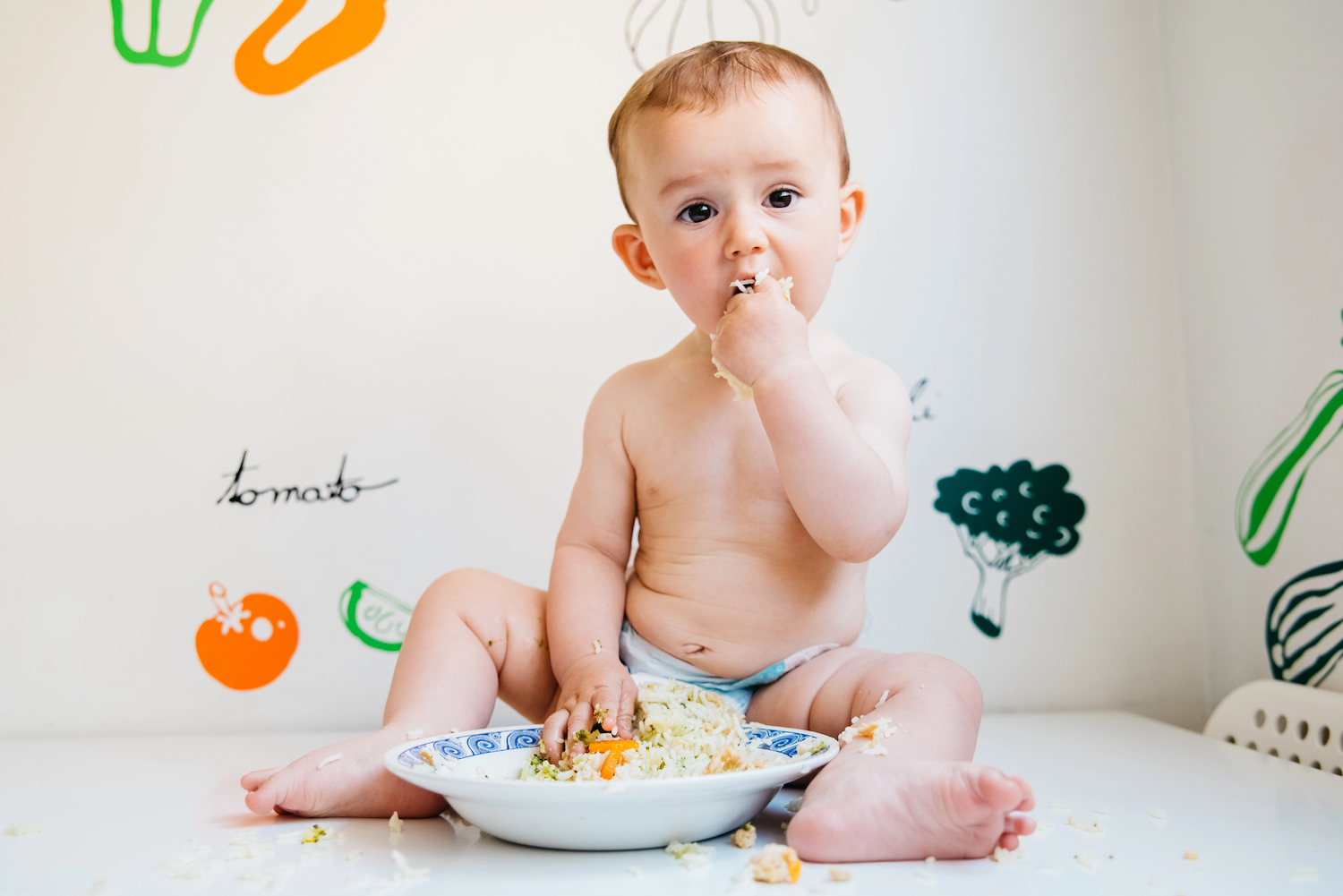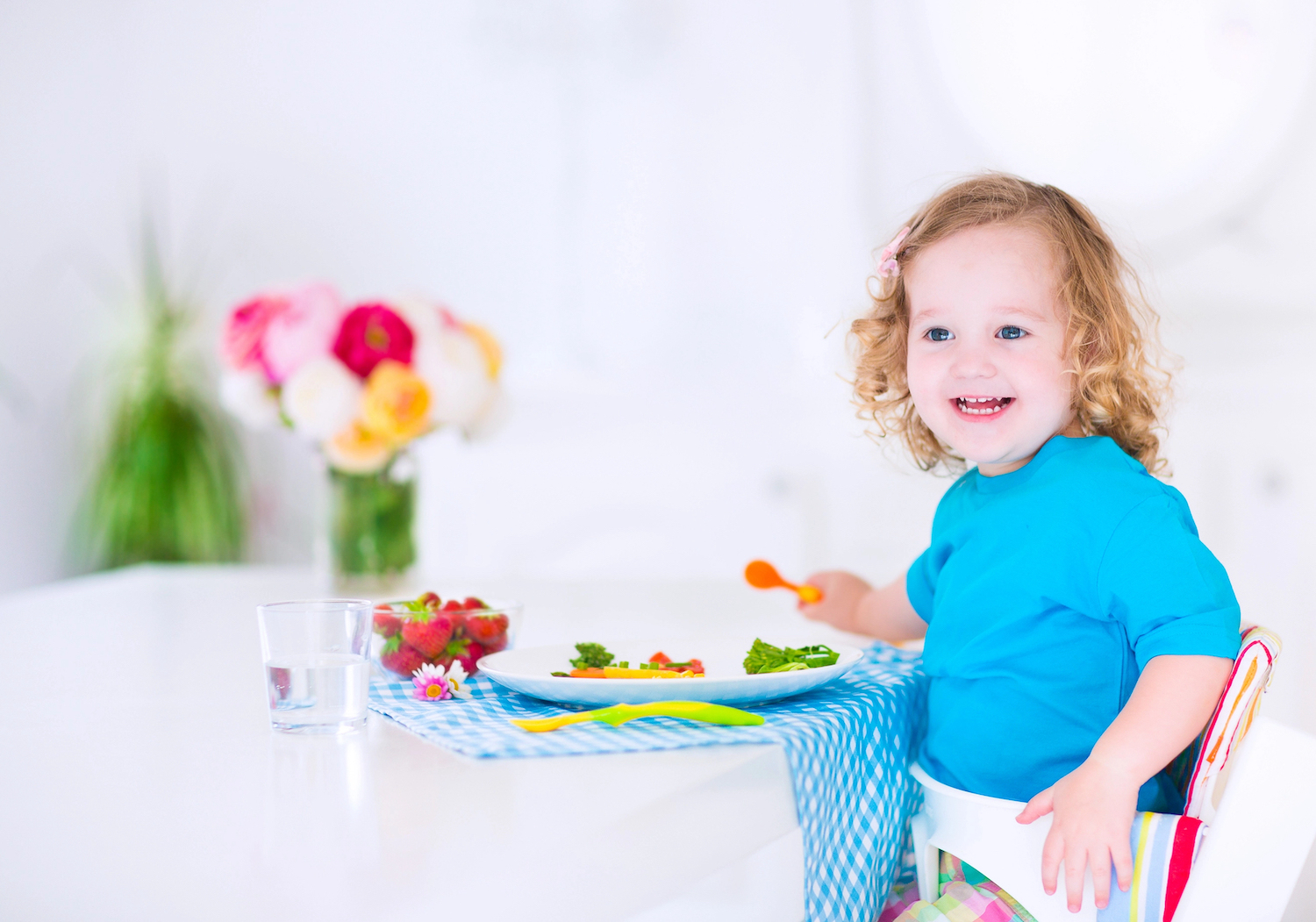Starting solids is a big milestone in your baby’s development. It’s exciting but also a bit overwhelming with all the advice out there. The choices you make at this stage can have a lasting impact on your child’s eating habits and overall health.
When Should You Start Solid Foods?
The Australian National Health and Medical Research Council (NHMRC) and the Australian Breastfeeding Association (ABA) recommend that babies continue to receive breast milk or formula as their primary source of nutrition for the first six months. Some paediatricians may suggest introducing solids a little earlier, around four months, depending on your baby’s developmental readiness. It’s important to check with your healthcare provider before beginning solid foods to ensure it’s the right time for your baby.
Why Baby-Led Weaning?
When you think of introducing solids, you might picture spoon-feeding pureed food to your little one. But there’s another option: baby-led weaning (BLW). This approach skips the puree stage and allows babies to feed themselves from the start, exploring whole foods at their own pace.
The benefits of BLW have been supported by research from Australian experts, including those from The Royal Children’s Hospital Melbourne. Studies have shown that BLW can promote motor skill development, foster independence, and support babies in developing a positive relationship with food.
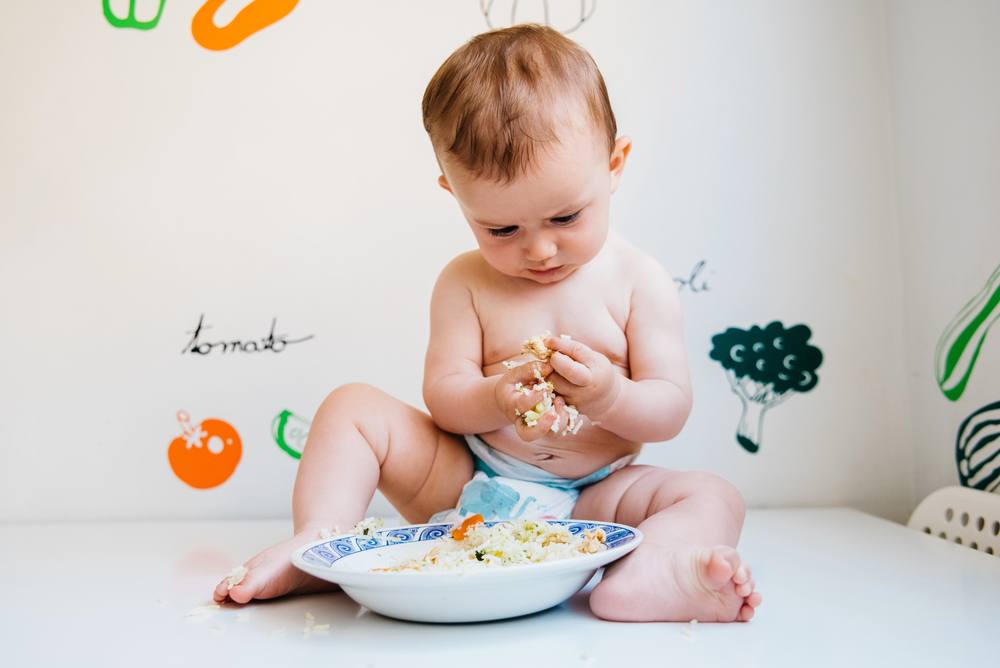
How Does Baby-Led Weaning Work?
In BLW, babies are offered soft, manageable pieces of whole foods right from the beginning. For instance, they might hold a slice of avocado, munch on a roasted sweet potato stick, or smash a ripe banana with their hands. The goal is to encourage self-feeding and allow babies to explore textures and flavors on their own.
However, it’s important to note that BLW requires careful supervision. Babies are still learning to chew and swallow, so some foods, like whole nuts or raw carrots, should be avoided due to choking risks. The NSW Department of Health also recommends avoiding choking hazards and emphasizes the importance of careful food preparation and monitoring.
Signs Your Baby is Ready for BLW
Before starting BLW, ensure your baby shows the following signs of readiness:
- Can sit upright without support
- No longer has the tongue-thrust reflex (which pushes food out of the mouth)
- Can grasp food and bring it to their mouth
Most babies reach these milestones around six months, but every baby develops at their own pace. If you’re unsure, it’s always a good idea to consult your paediatrician, such as those at The Children’s Hospital at Westmead, who are experts in child development.
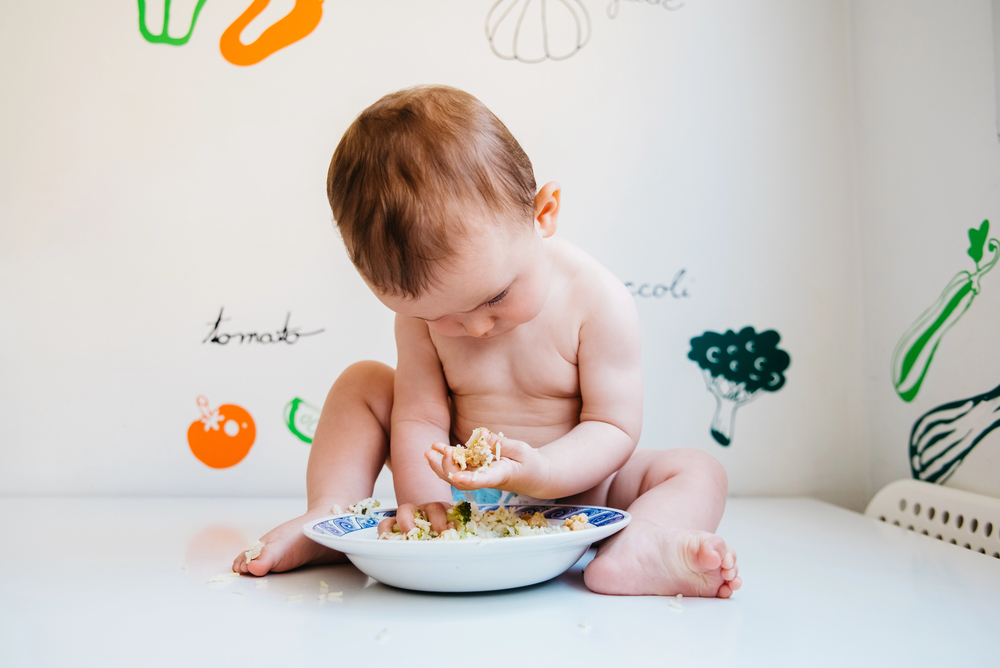
Best First Foods for BLW
Instead of starting with processed cereals, consider offering whole, nutrient-dense foods like:
- Banana
- Avocado
- Sweet potato (steamed or roasted)
- Soft pear or ripe mango
- Butternut squash
- Scrambled eggs
- Flaked fish (deboned)
- Soft-cooked vegetables like broccoli or zucchini
These foods are packed with essential nutrients like healthy fats, fiber, and vitamins that support your baby’s growth and development. For example, avocado provides a good dose of healthy fats, which are crucial for brain development in infants.
Why Choose Organic?
Choosing organic produce for your baby ensures the food is free from synthetic pesticides and additives. While the research on whether organic foods are significantly more nutritious is still mixed, organic produce reduces exposure to potentially harmful chemicals. Organic dairy and meat are also free from added hormones and antibiotics, making them a good choice for your little one’s growing body. Experts from The Australian Organic Trade Association advocate for organic options when feeding babies to limit exposure to potentially harmful chemicals.
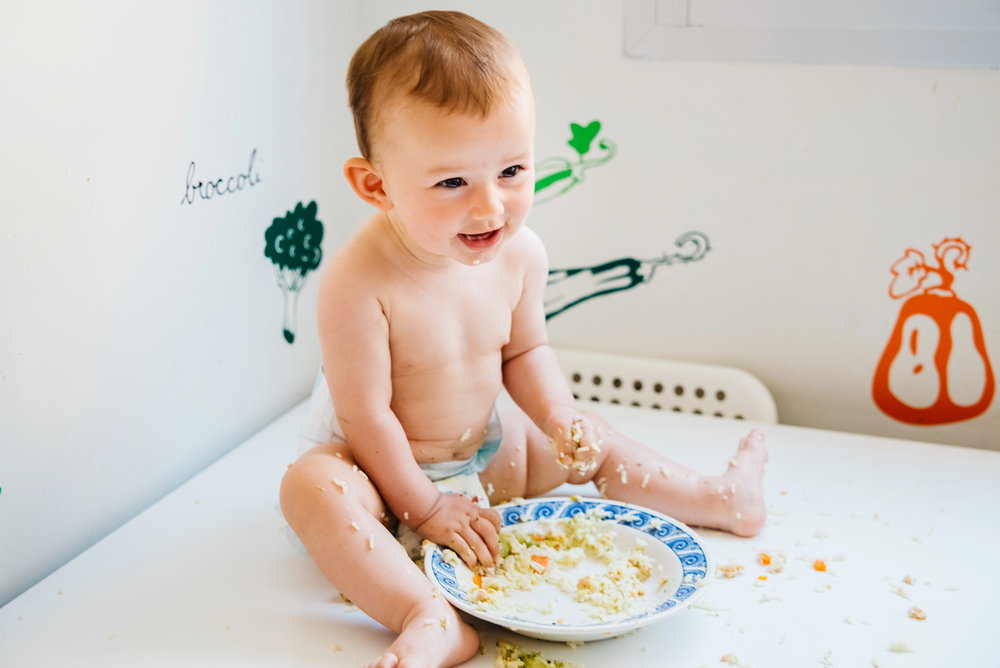
Introducing New Foods: The 4-Day Rule
When introducing solids, it’s important to monitor for allergies. The 4-day rule is a common recommendation: introduce one new food at a time and wait four days before adding another. This helps identify any adverse reactions like rashes, bloating, or digestive issues. For common allergens like eggs, dairy, and peanuts, introducing them early, in consultation with your doctor, may reduce the risk of allergies later on. Allergy & Anaphylaxis Australia recommends early introduction of allergens, with close monitoring and guidance from your health professional.
Safety Tips for BLW
Safety is key when it comes to baby-led weaning. Here are some tips to keep in mind:
- Always supervise your baby during mealtime.
- Avoid foods that are hard, round, or sticky, which can pose a choking risk.
- Cut food into baby-friendly shapes (long, soft strips are easiest to grasp).
- Consider learning infant CPR to be prepared in case of an emergency. St John Ambulance Australia offers courses and resources for parents.
Final Thoughts
Every baby is different, and there’s no one-size-fits-all approach to starting solids. Baby-led weaning can be a fun and natural way to help your baby develop self-feeding skills and establish healthy eating habits. If you think it’s the right fit for your family, embrace the mess, enjoy the process, and celebrate this exciting milestone together.
If you have any concerns or questions about your baby’s readiness or nutritional needs, don’t hesitate to consult with your paediatrician or reach out to trusted Australian sources like The Royal Australian College of General Practitioners (RACGP) or The Australian Paediatric Society for expert guidance.


